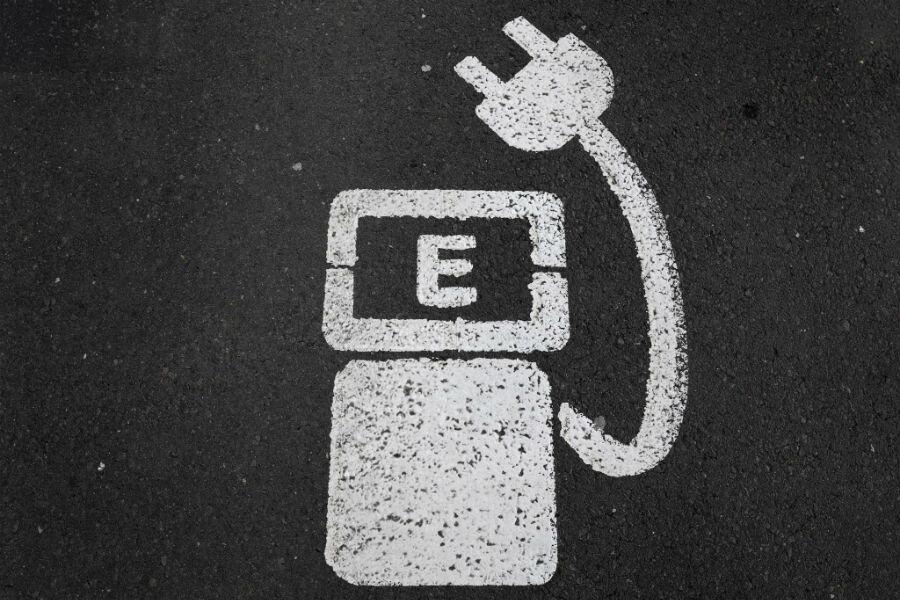Californians bought more electric cars in June than rest of US combined
Loading...
Sales of plug-in electric cars are not evenly distributed across the US by any means.
California, with its pioneering zero-emission vehicle sales requirements, has always occupied an outsize place in the sales charts.
Not only is it the most populous state in the union, with 39 million residents, but it accounts for a large share of all electric and plug-in hybrid vehicle sales.
Just how large is shown in a California Plug-In Electric Vehicle Collaborative graphic, which highlights the state's share of June plug-in sales.
Of the 13,772 cars with plugs sold last month, 7,161 went to buyers in California.
That's exactly 52 percent, or more than the entire rest of the U.S. combined.
Of the 467,000 electric cars sold since December 2010, Californians accounted for 216,000 of them—or 46 percent.
Sales of cars with plugs stayed at about the same level—slightly more than 100,000 units a year—over the last two years.
Buyer preferences for SUVs and crossover utility vehicles, which are a minority of the high-volume plug-in vehicles available, have combined with cheap gasoline to keep sales lower than many advocates expected after fast growth in 2012 and 2013.
It's notable that in the first six months of this year, BMW sold almost as many of its X5 xDrive 40e plug-in hybrid SUV—2,577—as it did of its pioneering i3 battery-electric car (2,880).
That's despite the plug-in hybrid X5 having an electric range of just 14 miles against the i3's 81 miles (soon to rise to 114 with a new battery pack for 2017).
Plug-in hybrid SUVs are also offered by Mercedes-Benz and Volvo, with the latter's XC90 T8 version doing well too.
And automakers are aware that they must continue selling cars with plugs, however grudgingly.
They know they must both meet the California ZEV mandate—which until 2018 applies only to Fiat Chrysler, Ford, GM, Honda, Nissan, and Toyota—and gain experience for future years in which radically lower emissions will be demanded by regulators worldwide.
California provides the most fertile market for those vehicles, and the "travel provision" quirk in its ZEV regulations allows a car sold in that state to fulfill ZEV-sales requirements in 10 other states as well.
Automakers will have to start selling zero-emission vehicles in each of those states to meet the rules starting in 2018.
A move is now afoot among makers and their lobbyists to continue the travel provision indefinitely, meaning sales would continue to be largely centered in California.
We'll have more about that in a future story.
[hat tip: Brian Henderson]
This story originally appeared on GreenCarReports.







